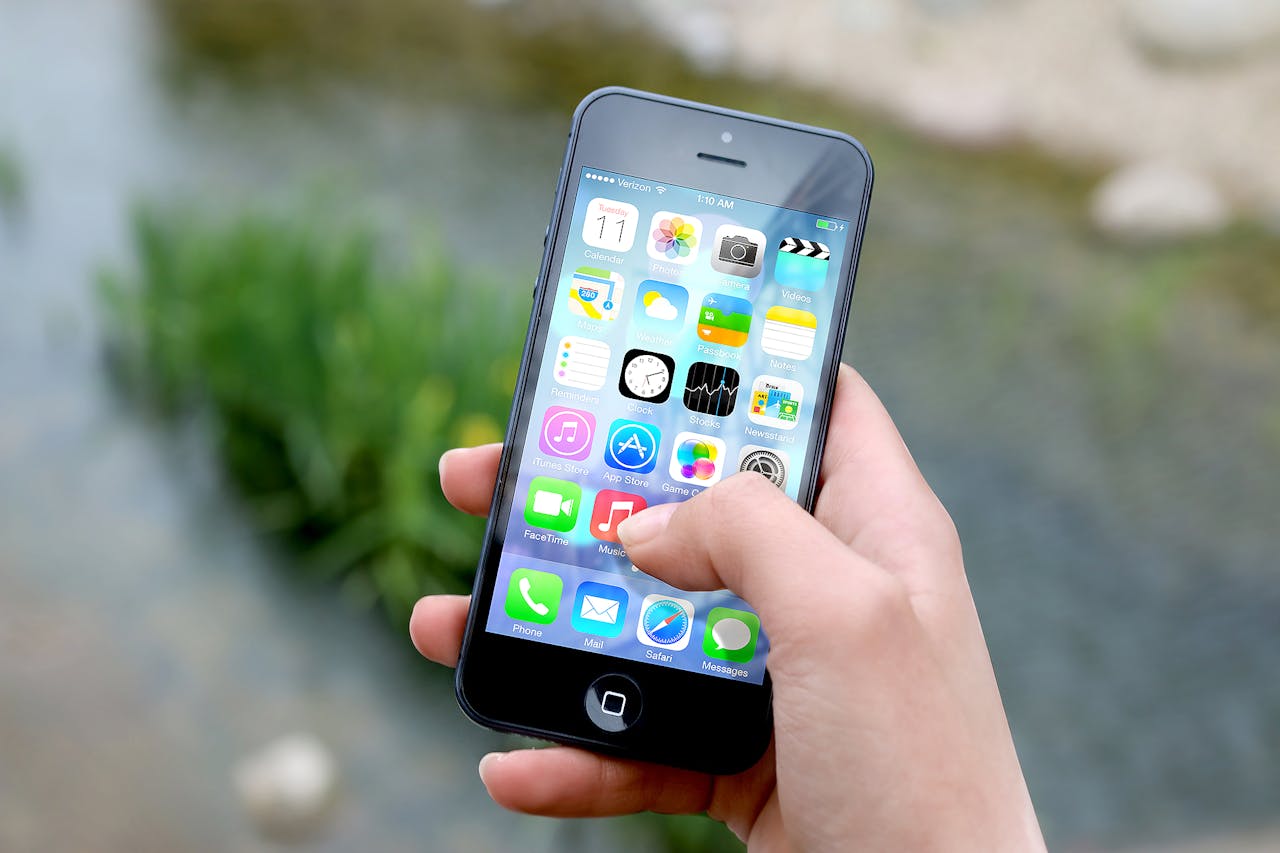Table of Contents
Key Takeaways
-
France’s ban on the iPhone 12 highlights a growing debate over outdated safety standards and the true meaning of “safe” technology.
-
Apple’s quick software fix solved the compliance issue, but it didn’t fully address consumer concerns about long-term wellness in a hyper-connected world.
-
The iPhone 12 controversy shows why proactive solutions like Aires technology matter, going beyond compliance to create a healthier digital environment.
When France announced it was banning sales of Apple’s iPhone 12, the news raised questions around the globe. The reason behind the ban? France’s National Frequency Agency (ANFR) found that the device exceeded European radiation limits.
This was a surprising setback for Apple, who leads the pack in tech innovation. But the controversy surrounding the iPhone 12 served as an eye-opening reminder that as technology continues to permeate every part of daily life, it’s important to find ways to balance advancement and safety.

The iPhone 12 Ban: The Facts
In September of 2023, ANFR released findings that showed the iPhone 12’s Specific Absorption Rate (SAR) was slightly above EU limits when tested in certain conditions. SAR is a measure of how much radiofrequency electromagnetic field (EMF) radiation the body absorbs, expressed in watts per kilogram (W/kg). In the U.S., the SAR limit is 1/6 W/kg absorbed over one gram of tissue. France has a much more restrictive standard, with a limit of 2 W/kg absorbed over ten grams of tissue.
The iPhone 12 exceeded these limits, and the response was quick: France demanded Apple stop selling the device within its borders until the issue was resolved.
Apple initially disagreed with the findings, citing that the iPhone 12 had been certified as compliant with safety standards in multiple countries around the world. But to satisfy the regulatory requirements, Apple announced a software update that would adjust how the iPhone 12 communicates with cellular networks in France. This update brought SAR values back under the EU threshold, and France lifted the ban in October 2023.
While the controversy was quickly resolved, it created a ripple effect. Consumers around the globe began asking the question: Should we be concerned about radiation from our phones?
Finding Your iPhone's RF Safety Notice
On each iPhone, Apple includes an RF exposure notice that many users don't know about. To find it:
-
Open Settings
-
Go to General
-
Scroll down to Legal & Regulatory
-
Tap RF Exposure
Here, Apple provides details on SAR and tips for reducing exposure, like using speakerphone or headphones instead of holding the phone directly to your head.
Tech Innovation vs. Safety Standards
This controversy brought to light the question of how we define “safe” when it comes to technology. After all, SAR limits in the United States were set decades ago, last updated in 1996 by the Federal Communications Commission (FCC) during a time when phones were used only for actual calls instead of constant streaming, navigation, and app use. Many of us live in multi-device environments, with cell phones, laptops, smartwatches, wireless earbuds, and even smart appliances in constant communication with wireless networks around us.
While this ban was quickly settled, it highlights a gap between technology and consistent regulation guidelines. In the United States, standards haven’t kept up with technology growth. And because regulators in different countries test devices differently, the same phone may be considered “safe” in one region and non-compliant in another. The inconsistency with something that is such a present part of our lives can understandably make consumers a little uneasy.
Moving Toward Wellness-Centered Tech
Here’s the thing: compliance is not the same as wellness. Meeting a decades-old regulatory limit doesn’t necessarily mean a device is designed with human well-being in mind. Technology is becoming more deeply woven into our lives every year, so safety practices and tools should evolve too. It’s more important than ever to recognize the hidden impact of our connected lifestyles and implement solutions that promote wellness and support our bodies amidst all of the manmade EMFs. This is where Aires comes in.
How Aires Fits Into the Conversation
Aires technology was built on the idea that technology and wellness can go hand-in-hand. Instead of asking consumers to trust that regulatory limits are “good enough,” Aires technology creates a safer, more balanced space around the devices we use every day. This patented technology doesn’t block EMFs, but instead reshapes them into a more biologically coherent form, essentially cleaning up your electromagnetic environment.
Incorporating Aires into your wellness toolkit is a proactive way to take charge of your electromagnetic exposure, especially in a world where our devices are constantly on, always connected, and usually close to our bodies. For a simple, passive way to make sure EMF protection is always nearby, consider adding a Lifetune One directly to your iPhone.
The controversy over the iPhone 12 shows us why wellness-focused technology is so important right now. Consumers deserve better than the bare minimum when it comes to safety standards, especially when the regulations are based on old data and don’t consider new research on potential long-term effects of EMF exposure. Aires offers a way to support wellness without sacrificing the technology we’ve come to rely on for work, leisure, and communication.
Transparency and Consistency
France’s ban on the iPhone 12 proved temporary, resolved with a simple software update. But it sparked a larger conversation that isn’t going away anytime soon. As our devices become smarter and more connected, we need to shift the question away from “Is this compliant?” to “Is this truly safe?”
People want transparency when it comes to something that is so thoroughly integrated into their day-to-day lives. Innovators and regulators should be striving for more than the bare minimum, especially when so much remains unknown about long-term effects.
The future of technology should be moving towards devices that support overall health and wellness. This is exactly the kind of future Aires is helping to build: one where we don’t have to choose between staying connected, and staying well.






